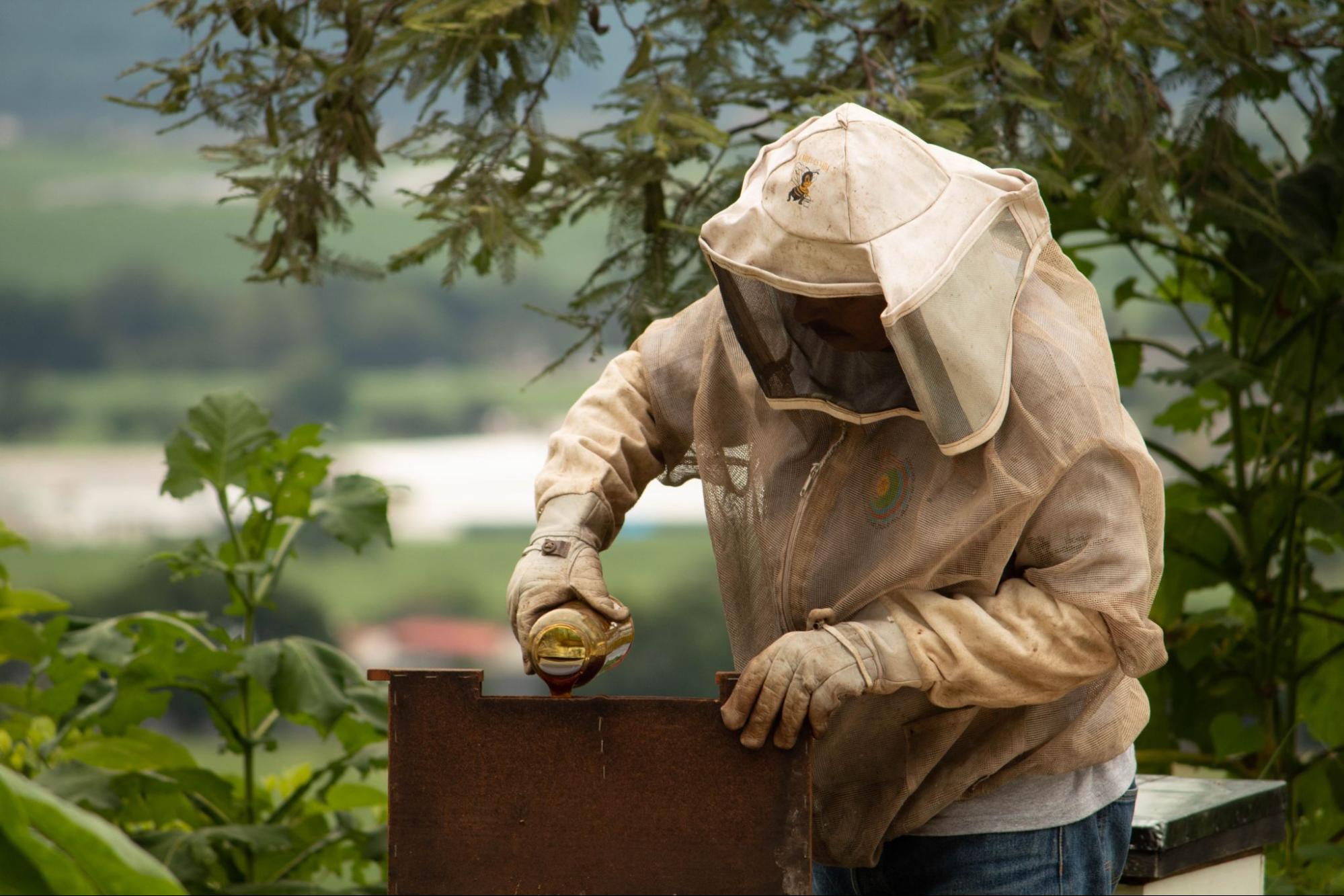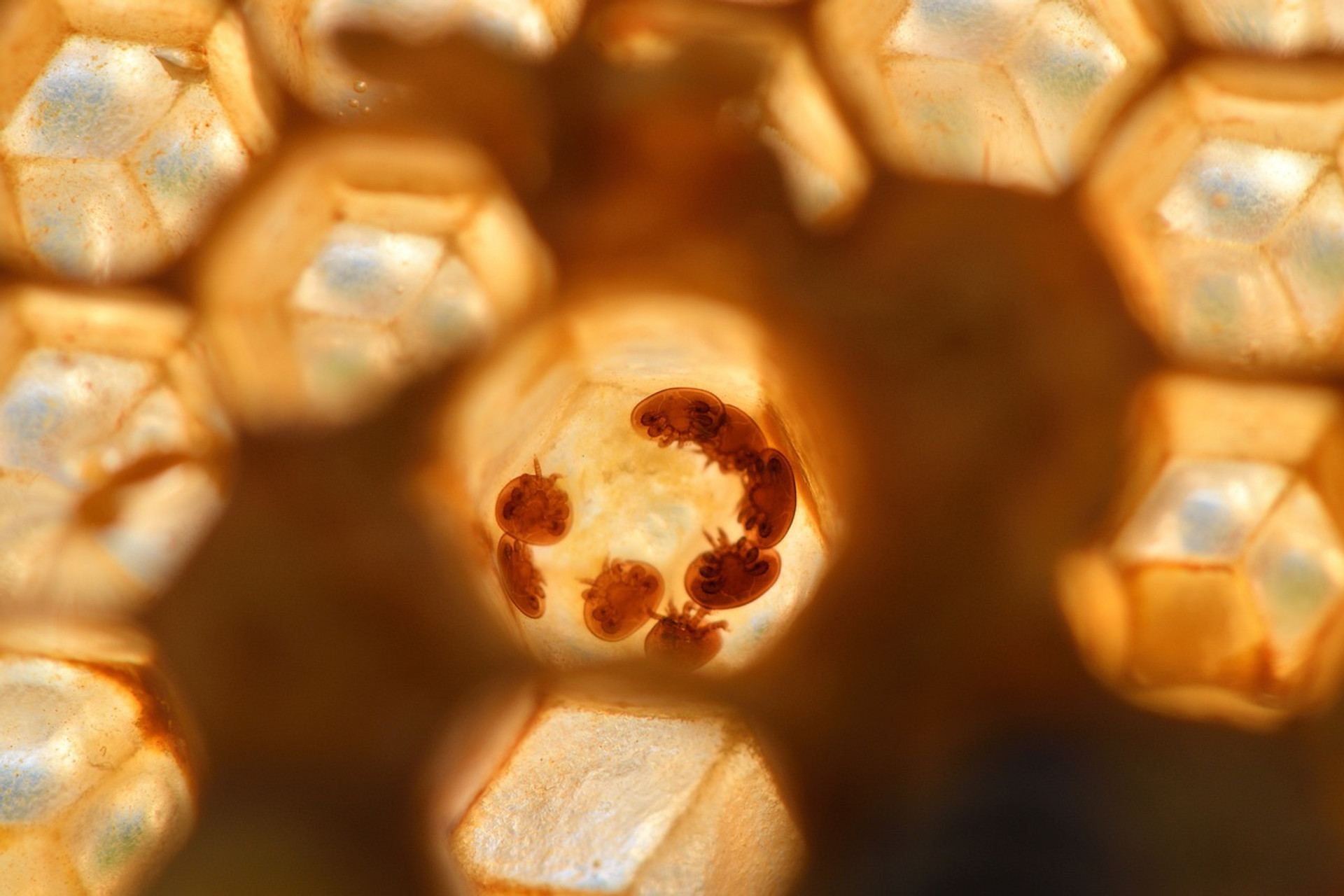10 Tips For Safely Moving Beehives
Safely moving hives is a valuable skill for beekeepers. Many beekeepers transport their colonies every season to help farmers pollinate their crops, while others simply want to change the layout of their bee yard.
Whatever your reason for relocating your bees, you’ll need to keep several key things in mind. From keeping the colony together to protecting your own health, here are some top tips for safely moving bees.
1. Take Care of Yourself
Your mission is to keep your bees safe, but you’ll also want to take a few precautions for your own safety. Be sure to wear protective clothing such as a beekeeping suit, gloves, or a helmet and veil whenever you move the hive.
Even the friendliest of bee species can get agitated when you mess with their home, and you’ll probably have a few stragglers even if you secure and seal the hive. Beehives are also heavy. If you don’t have the equipment to lift and transport your hives, enlist a friend or colleague to help you with the task.
| Preemptive Measure: Remember, a calm beekeeper equals calmer bees. Practice slow and deliberate movements around your hives to aid in minimizing agitation during relocation. |
2. Securing the Hive
To avoid losing bees when moving hives, do it either after sunset or early in the morning. That's when most worker bees are inside the hive. Close the hive entrance before moving so your bees can’t escape.
You can also wrap the hive in a hive net to make sure you don’t leave any bees behind. Secure the lid, frames, and other hive components so that nothing rattles around or breaks when you transport bees.
3. Don’t Let Your Bees Overheat
Avoid overheating your bees when relocating their hive. Bees are naturally adept at regulating the temperature within their hive, ensuring it doesn't become too hot or too cold. However, during the hive's transportation, you will need to seal the entrances to ensure the bees remain inside.
Unfortunately, this can trap heat, disrupting the bees' ability to maintain temperature. It's advisable to move a hive when temperatures are lower, such as after sunset or early morning.
Using a mesh screen or similar cover that allows airflow can effectively block the hive's entrances, providing a safer and more comfortable move for the colony. If you’re moving bees in a vehicle, use air conditioning or roll down the windows so that the hive doesn’t overheat.
4. Prepare the New Location
Relocating a bee hive isn't just about the move itself; it's also crucial to adequately prepare the new location. To help your bees adjust to the relocated hive quickly, make sure you choose a spot that mimics their previous environment. It should be a clean, quiet space that's not prone to flooding or extreme sunshine.
Also, be sure to identify sources of food such as flowers, meadows, and gardens. This makes it easier for your bees to start their life in a new place. Preparing the new hive location well in advance of your move can ensure a smooth transition and will help your bees feel right at home from the get-go.
| Neighborly Note: If you're moving your hive to a shared or public space, inform relevant people about your intention. This ensures no unwelcome surprises for you or the bees. |
5. Gradual Distance Relocation
For short distances, a sudden move can confuse your bees and potentially cause your colony to be lost or disorientated. By employing a gradual relocation strategy, the bees have time to adjust their flight patterns and familiarize themselves with new surroundings.
Start by moving the hive a few feet each day over a week or so. This can help the bees adjust their internal compass, making them able to find their way back to the hive in its new location. It might take a little more time, but going slow can save your bees a lot of confusion, leading to a smoother, safer relocation process.
6. Use Smoker for Calming Bees

Moving a hive can be stressful for your bees, potentially causing them to become agitated and defensive. A common and effective way of calming bees during this process is by using a smoker. This tool emits a small amount of smoke that masks the alarm pheromones bees release when they sense danger.
When bees encounter smoke, their natural instinct is to consume honey in preparation for possible relocation. This activity distracts them and makes them less likely to sting. Use only the amount of smoke necessary to calm your bees and avoid overuse. With this method, the transfer can be significantly less stressful for both the beekeeper and the bees.
7. Use Cross-Wind Transportation
If you're moving your hive with a vehicle over a considerable distance, it's best to aim for cross-wind transportation. As you drive, airflow can enter the hive, helping your bees to cool down and reducing the likelihood of overheating.
This can be achieved by placing the hive parallel to the direction of travel. The aim is to orient the hive's entrance to face sideways, allowing the wind to flow through the entrance and out of the exit when driving. Small adaptations like this can make all the difference in ensuring your bees' comfort and safety during the move.
8. Reorient the Bees to the New Location
Once you have successfully moved your hive to the new location, it's essential to help the bees orient themselves. Initially, the bees might be confused and try to return to their old location.
One simple method to tackle this is by placing an obstruction like a branch or leaf in front of the hive entrance. This disrupts their regular flight path and forces them to reorient before flying out. Consequently, they register the changes in the environment, adapt to their new surroundings, and can correctly locate their new home when returning from foraging.
9. Regular Check-Up Post Relocation

After moving, it's crucial not to neglect monitoring the health and behavior of your colony. Relocation can be stressful for bees and could potentially make them vulnerable to disease or predators.
Make sure to routinely check up on your bees in the days following the move. Look out for any signs of unusual behavior, distress, or sickness. Regular monitoring can help you quickly identify and address any potential issues, ensuring the well-being of your relocated colony in its new home.
| Pest Alert: Keep a keen eye out for unwanted guests, such as mites or beetles, during your regular hive checks. The quicker they're spotted, the sooner they can be dealt with. |
10. Monitor Food and Water Supplies for the Bees
Following the relocation, keep a close eye on the availability of food and water. The new environment may present different resources for your bees, and adapting could be a challenge.
Be ready to provide supplemental feeding and water if the new hive location offers fewer resources. Actively ensuring your bees have access to necessary nutrition and hydration can facilitate swift adaptation. This step is crucial for maintaining the overall health and productivity of your colony in its new home.
Beehive Designs for Relocation Ease
Understanding the type of bee hive you have can play a vital role in planning for relocation. Different hive designs come with varying features and nuances that may affect the ease of transportation and hive safety during the move.
Let's compare the Langstroth hive, top-bar hive, and Warre hive in terms of their design, ease of movement, and impact on bee colonies during relocation.
| Beehive Design | Description | Ease of Movement | Impact on Bee Colony during Relocation |
| Langstroth Hive | A vertically stackable hive with removable frames. Known for its ease of use and flexibility. | Moderate. The hive boxes can be heavy but allow separate transportation. | Minimal stress if handled properly. |
| Top-Bar Hive | Horizontal hive design with individual bars placed across the top of the hive. | High. As it's a singular unit, it is relatively easier to move as a whole. | May cause agitation due to a lack of vertical space for movement during transit. |
| Warre Hive | Vertical stacking hive similar to the Langstroth but with bars instead of frames. | Moderate. Similar weight issues as the Langstroth hive but without the option of removing individual frames. | Possibly increased stress due to less flexibility in securing the hive. |
The Beekeeper's Commitment

Moving a bee hive is a task of precision that involves ensuring the safety of both the bees and the keeper. Comprehending each aspect, from the appropriate protective gear to the intricate transport strategy, is crucial in achieving a successful relocation.
When it comes to handling and transporting your colonies, you must have the proper beehive equipment. Mann Lake offers a helping hand in this journey, ready to provide you with the equipment, gear, or advice you need to take care of your honey bees.
As you grow more adept, each successful hive relocation brings you a step closer to a world buzzing with a vibrant and sustainable bee population.

